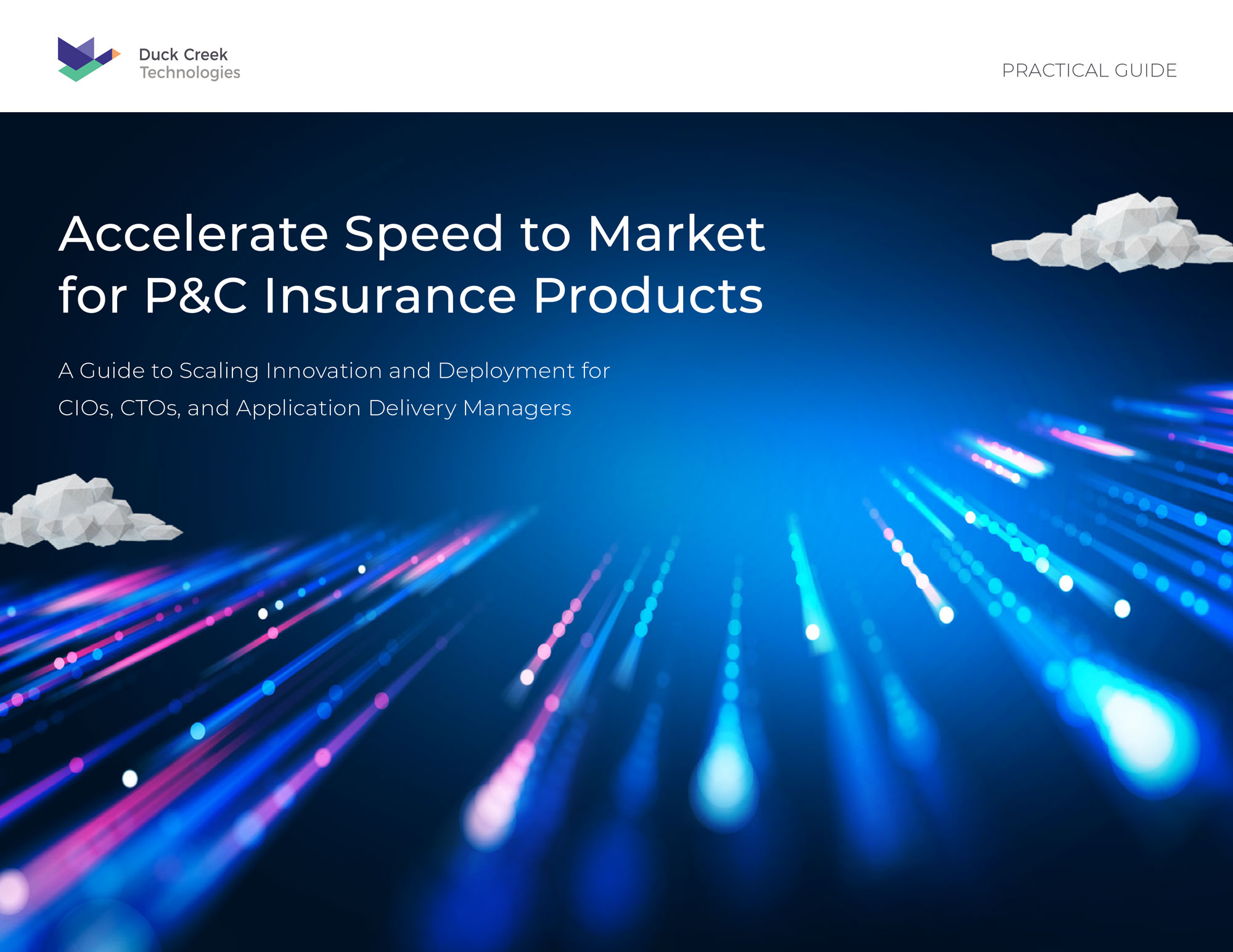The rate at which technology is transforming the P&C insurance industry is nothing short of amazing. Seemingly every day, innovations are coming to market from insurtech startups and established vendors – both within and outside the insurance industry. When one of these innovations is broad and powerful enough to provide a transformative effect on anyone who sees its value and adopts it, insurers often find themselves looking at a familiar set of options for how to improve their operations through integration of these new technologies.
Seven years ago, I wrote an article that included the following passage:
 “Business intelligence can add significant additional revenue, as well as make carriers more loyal to their policy administration systems (PAS) vendors. When it comes to making this wealth of data available, and providing easy-to-use analytical capabilities, the options for PAS vendors are:
“Business intelligence can add significant additional revenue, as well as make carriers more loyal to their policy administration systems (PAS) vendors. When it comes to making this wealth of data available, and providing easy-to-use analytical capabilities, the options for PAS vendors are:
1. Build their own business intelligence solutions from scratch
2. Partner with a specialized business intelligence vendor to provide an easy interface between transaction data and BI tools
3. Acquire a BI vendor outright and integrate their technologies with the PAS vendor’s platform
4. Partner with a BI vendor to build an analytics and reporting solution, and offer it as an add-on to their core PAS system.”
Over the past seven years, each of these scenarios has played out in the market. Many insurers have implemented – or are now implementing – new core systems in their efforts to modernize, and many of the vendors of those core systems offer business intelligence and / or data analytics systems as add-ons.
More recently, I have been reading about the adoption of advanced analytics, including machine learning, and the integration of analytics output into business transactions. The news is primarily focused on two opposing facets of using such analytics – competitive advantages that are opening up, and barriers to success. The thing that I find amazing is that both the successes and the barriers are based on the same thing – the data. Companies that are succeeding have their data house in order, while those being left behind are scrambling to find a solution that will keep them in the game.
So, what will PAS vendors do as more companies modernize their transaction capabilities, but still struggle with data and analytics? They will need to demonstrate that they can provide their customers with machine learning applications tied to their data and transaction solutions. Note that many machine learning systems provide insight to a human, who can then act on those insights. Examples of machine learning processes that have the potential to become fodder for early adopters include:
· Scoring risks based on characteristics of the policy and the insured; the application can learn from actual outcomes and adjust as necessary
· Recommending staffing needs when a catastrophe strikes
· Determining reserve opening amounts
These types of applications can utilize data that originates within transaction systems as well as external data that can be purchased and appended to transaction data. Data solutions within PAS vendor offerings need to be powerful and capable enough to ensure that businesspeople will trust the output of analytical applications that use their data; once businesspeople trust the data, PAS vendors are back to options very similar to what I described seven years ago for integrating business intelligence applications:
· Build their own advanced analytics / machine learning solutions; consider the possibilities that programs such as R could enable
· Acquire an advanced analytics / machine learning vendor
· Partner with a vendor to provide predictive analytics and machine learning models
While the variety of technological advancements over the past seven years has indeed been remarkable, one only has to look at the constants facing insurers who want to act fast to understand what will make or break the carriers of the future. In order to be prepared for future technologies and ready to take on transformative change with speed, P&C insurers need to make sure that their core systems are built on platforms designed for openness and architected for change, and that their data is in a controlled, well-managed state. I expect that as more and more carriers complete core systems modernizations, then move into and beyond managing data assets, vendors will begin to focus on configurable AI and machine learning solutions to tackle the next wave of the big data revolution.
To develop advanced technologies in-house can be prohibitively expensive and time-consuming; to acquire an outside firm that has already built such technology may save some time but certainly not any cost. The most viable alternative remains entering into technology partnerships, with each insurer developing a unique vendor ecosystem that supports its needs and market position. Tomorrow’s successful carriers will be the ones planning for their futures today – the ones implementing core software platforms designed to accommodate unlimited vendor integrations, augmenting those core systems with solutions that provide strong data management and control capabilities, and building with an eye to a future defined by collaboration, innovation, and change.
